Birds on Life Support
Hawaii’s birds face multiple threats, but one small thrush on the island of Kaua’i is a success story – so far.

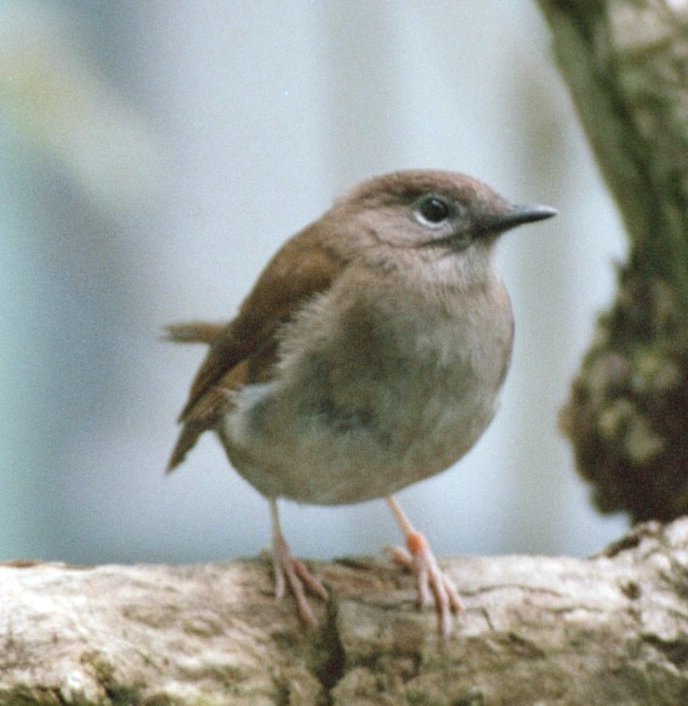
Hawaii’s birds face multiple threats, but one small thrush on the island of Kaua’i is a success story – so far.
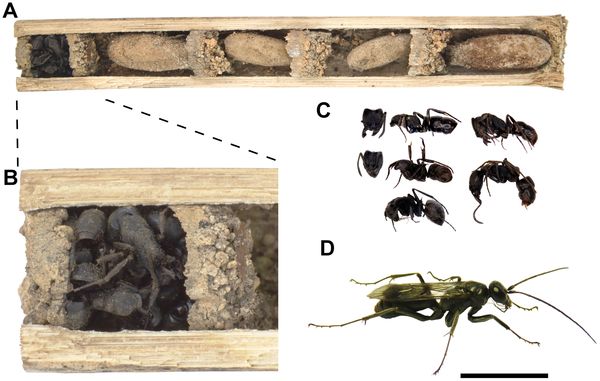
Bone house wasps place dead ants in their nests to ward off predators and parasites.
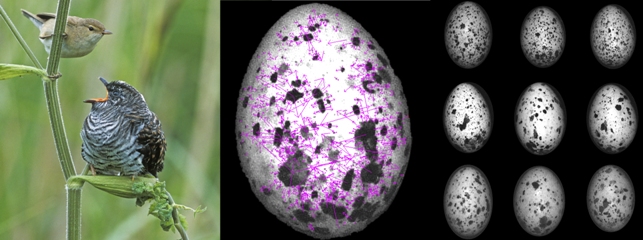
Common cuckoos trick other birds into raising their young. But the hosts have evolved some defenses.
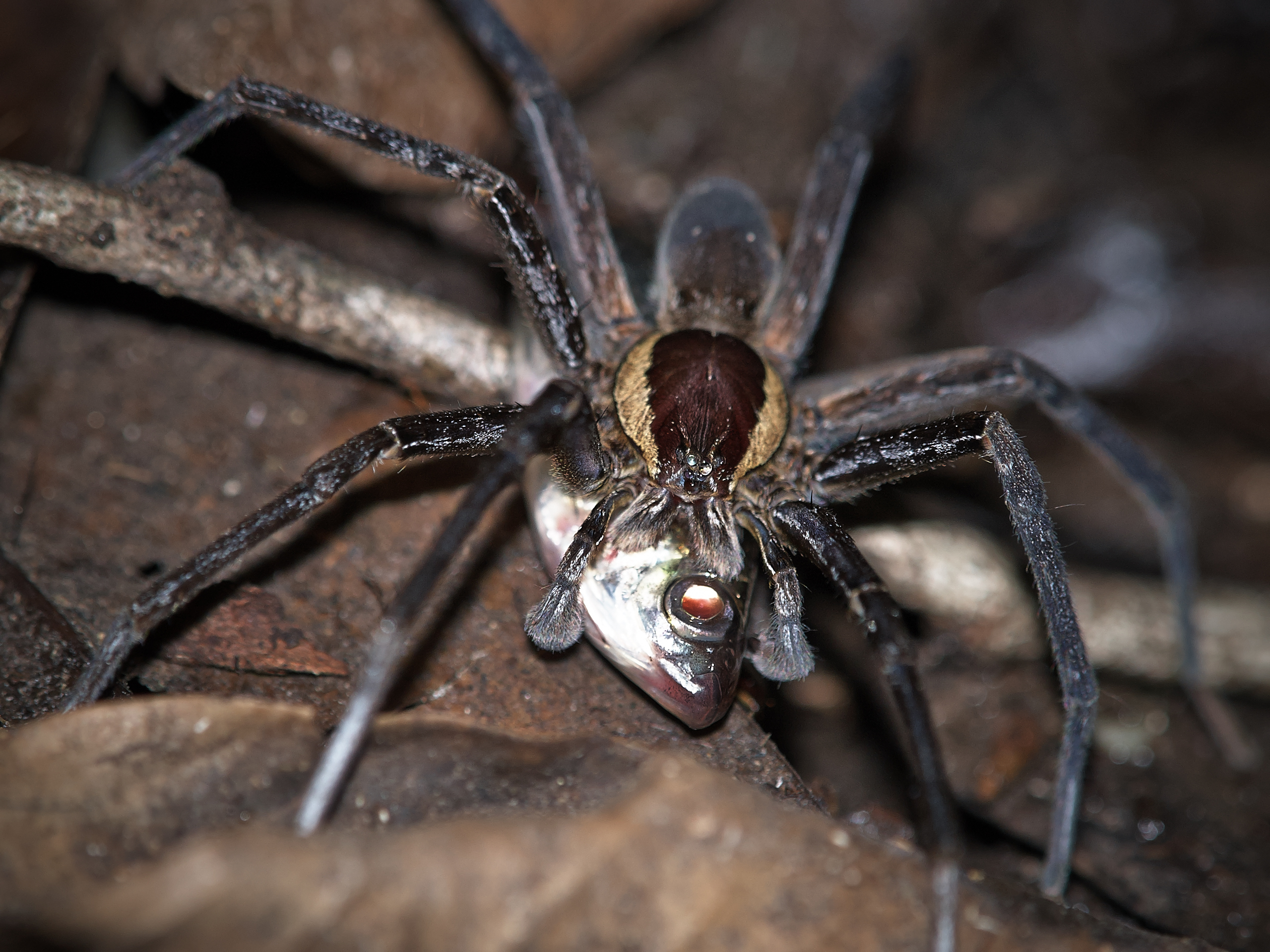
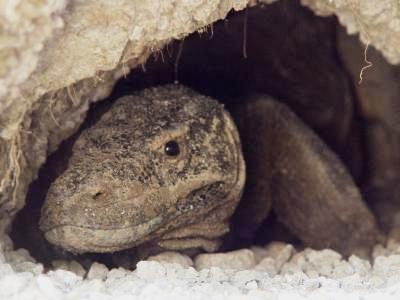
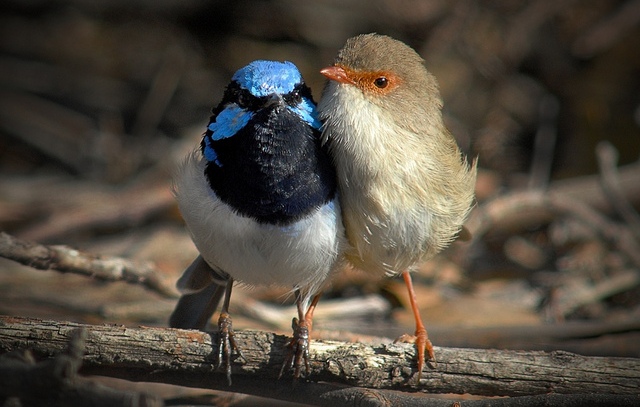
An Australian bird thwarts nest invaders by requiring its young to sing a secret call to get fed.
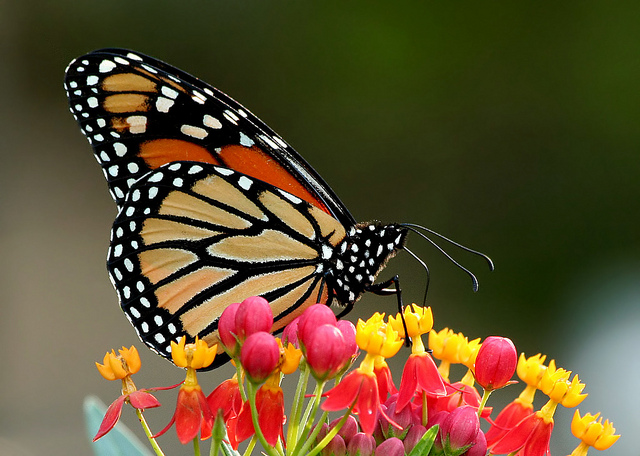
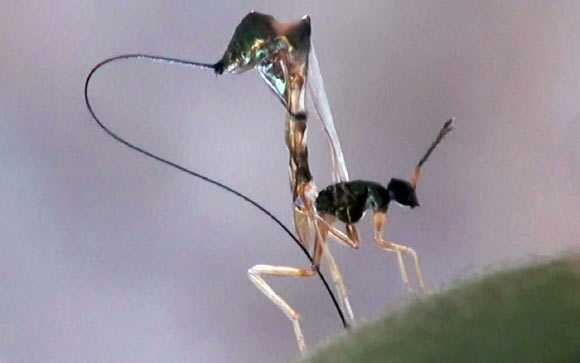
Insects will go to great lengths to pass their genes down to the next generations, including resorting to “power tools” to bore deep into unripe fruit to lay their eggs.
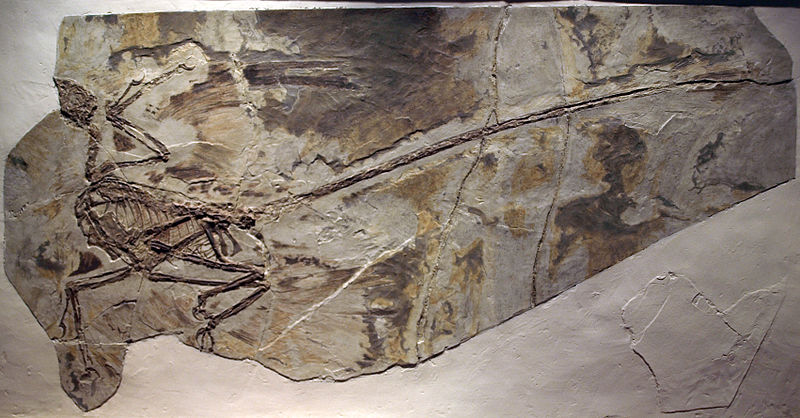
The way baby birds use their wings helps reveal how early winged dinosaurs used theirs.
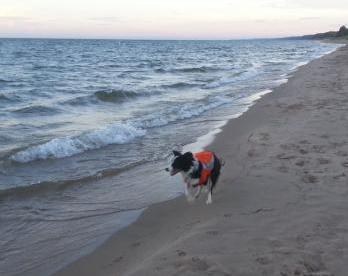
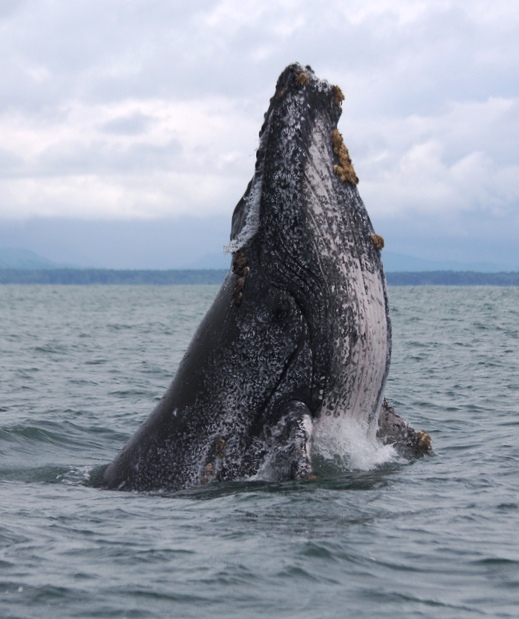
Scientists are just beginning to understand the specialized anatomical features that allow whale songs to propagate underwater.
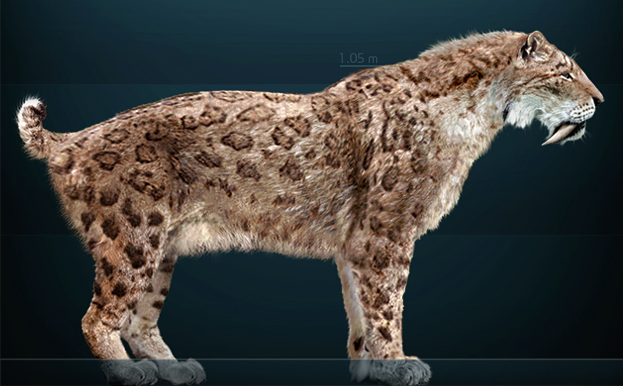
New research sheds light on physical adaptations that allowed saber-tooth cats to hunt prey.
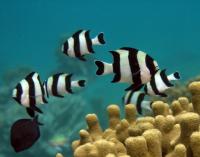
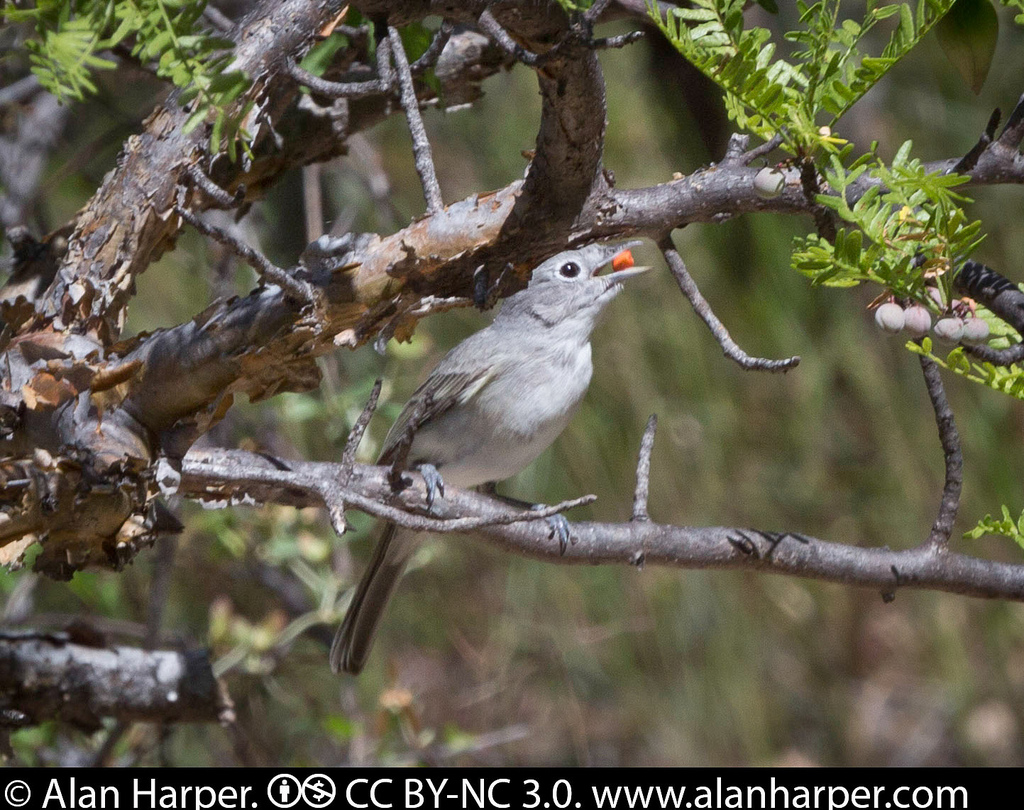
Migratory gray vireos help elephant trees disperse their seeds in Baja, California.
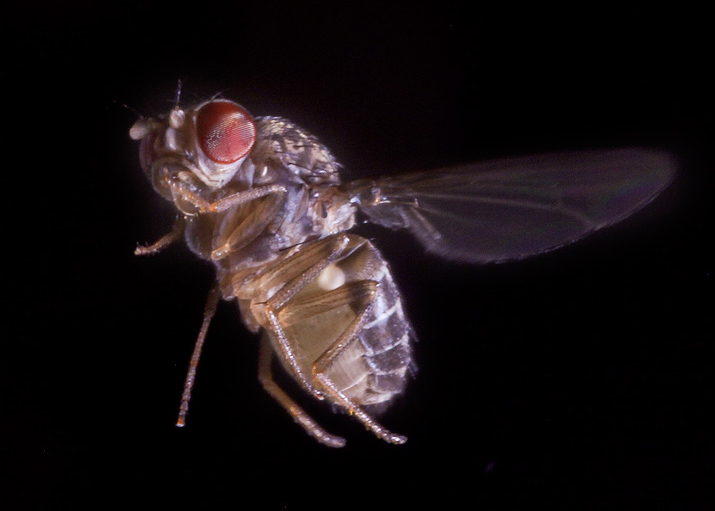
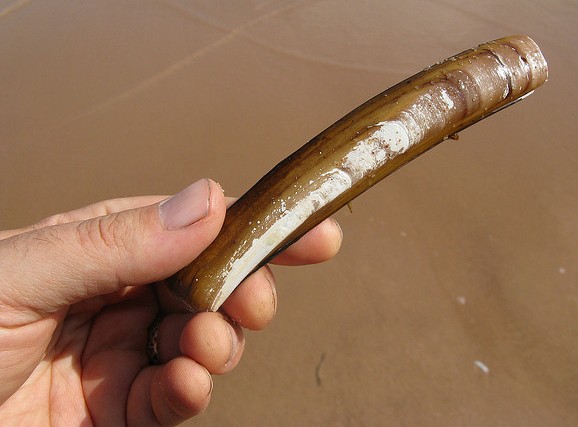
The Atlantic razor clam, famous for its digging prowess, is a model for potentially useful robots.
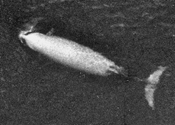
Beaked whales set the record for the deepest and longest dives of any marine mammals.
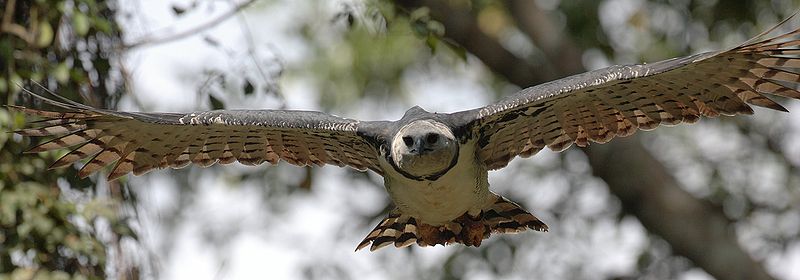
Satellites and unmanned aircraft could help shed light on the lives of one of the world’s most elusive eagles.
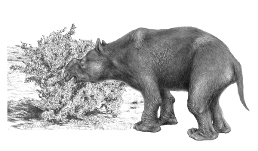
EVOLUTION & EXTINCTION - (Encore Presentation) What really happened to Australia's missing megafauna, how carnivores lost their sweet tooth, why lovelorn fruit flies resort to alcohol, strategic miscarriages in monkeys, and a new frog species is discovered in plain sight.
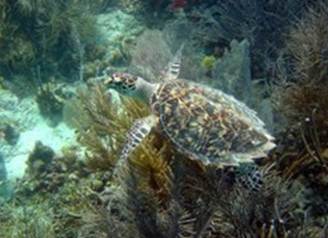
A global perspective is needed to cut down on the unintentional casualties of commercial fishing.
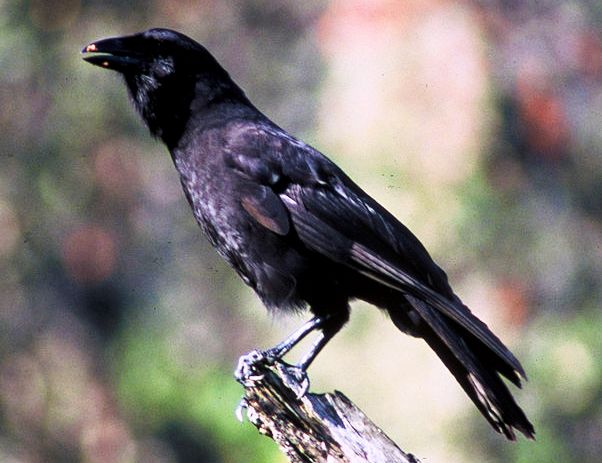
The Hawaiian crow is recovering from a devastating population crash, with help from us.
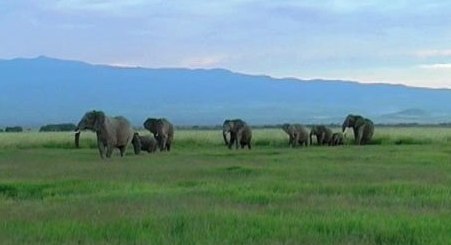
Elephants can discriminate between human voices that pose a threat to their safety and those that do not.
